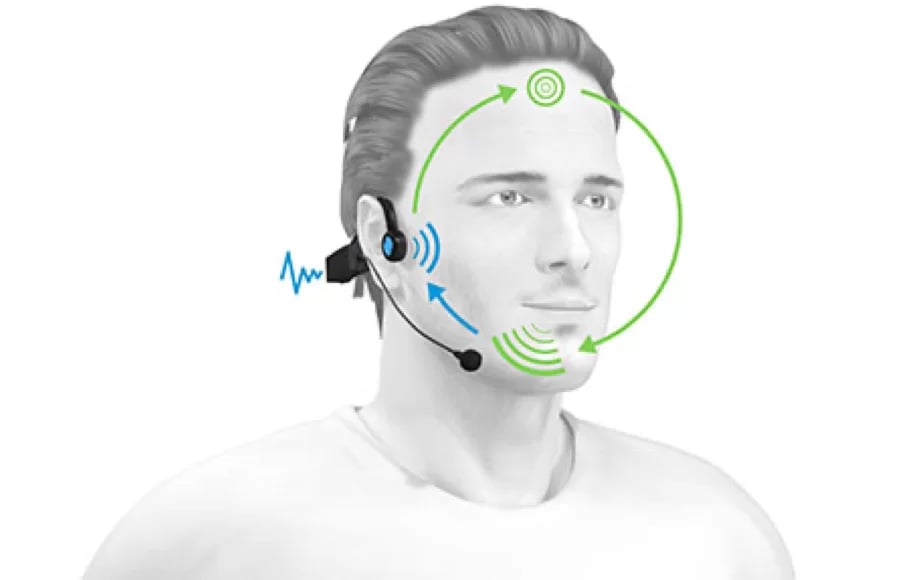While regular listening programs are focusing on filtering music, Forbrain is challenging your brain thanks to your own voice. Use Forbrain for a few minutes a day with any listening program.
There are several integrated listening systems available in the US. You have probably heard about the well-known Tomatis Method® created by Dr. Alfred Tomatis or the Therapeutic listening (Vitallinks) created by Sheila Frick. Both of them recommend Forbrain.
You might know The Listening Program (TLP) by Advanced Brain Technologies and Safe and Sound Protocol by Unyte iLS. There are many therapists and specialists trained in TLP or iLS who recommend Forbrain through its affiliate program.
What are the main differences between all these listening programs and Forbrain?
Firstly, Forbrain focuses on your voice while the other programs mainly focus on music.
Thanks to your voice, you transmit instructions and messages to your brain. It is what your GPS in your car does! Much more than the message and instruction, thanks to your voice, you share your feeling, emotion, and, in a way, your personality. You also use your voice to write, read, or memorize. In those situations, you speak to yourself in silence, but still, you verbalize and hear yourself in your head.
Your voice is the reflection of yourself. Your voice is the first source of energy your brain uses to focus and be dynamic. For us, speaking is a habit that is as natural as eating. When you speak you send stimulations to your brain. Thanks to Forbrain, you can learn how to use your voice to boost your brain.
“A major distinctive and unique feature of Forbrain is that auditory stimuli are delivered through bone conduction instead of air conduction […]. This is a major asset of the product as it extends the possibilities of stimulus manipulation and presentation in an unprecedented way, resulting in incomparable new possibilities of acoustic environment enrichment (which emerges as one of the major elements inducing passive auditory plasticity.”

Secondly, Forbrain focuses on bone conduction of soundwaves while a lot of listening programs are focusing on the quality of music transmitted through air conduction.
Sound is vibration. Sound vibrates in the air…it also vibrates on the bone of your body. Sound vibration is transmitted 10 times faster by your bone than through air. Why is it so important? When your brain receives the sound of your voice through the air, it has already received it through bone conduction. That way your brain analyzes the message of your voice twice. The message transmitted through the bones of your skull is different from the one received through the air canal. By analyzing those two messages, the brain is automatically adjusting your voice to the right situation. Forbrain helps the brain to pay attention to the most powerful way to transmit sound – through the bones.
The message transmitted through the bones of your skull is different from the one received through the air canal. By analyzing those two messages, the brain is automatically adjusting your voice to the right situation. Forbrain helps the brain to pay attention to the most powerful way to transmit sound – through the bones.
Thirdly, Forbrain is equipped with a very specific dynamic filter whereas a lot of listening programs are using simple filters
Listening programs work with filters that turn down specific frequencies and amplify others. High frequencies can stimulate the brain. Depending on your profile and goals, filters can be adjusted to personalize your program. But few listening programs use a dynamic filter.
Why is it so important to use a dynamic filter? The brain functions on the principle of attention which means that it is highly sensitive to any kind of sudden changes. When you talk, you are supposed to hear the feedback of the sound you have just emitted. If we change this feedback by amplifying specific patterns of your voice, your brain can be stimulated to pay attention to your voice.
The Forbrain dynamic filter works like an on / off switch. This switch is activated as soon as your voice is emitting specific patterns. To learn more about Forbrain, read more here.

.png?width=1900&name=blog_banner%20(1).png)

